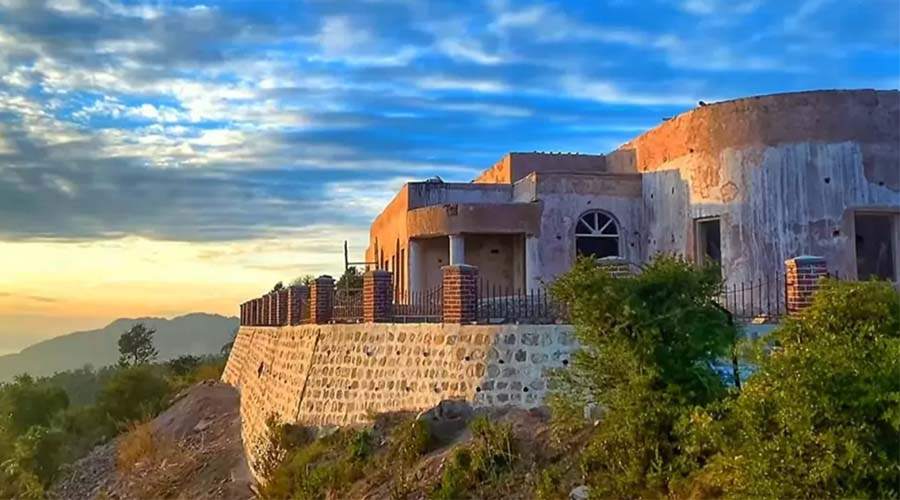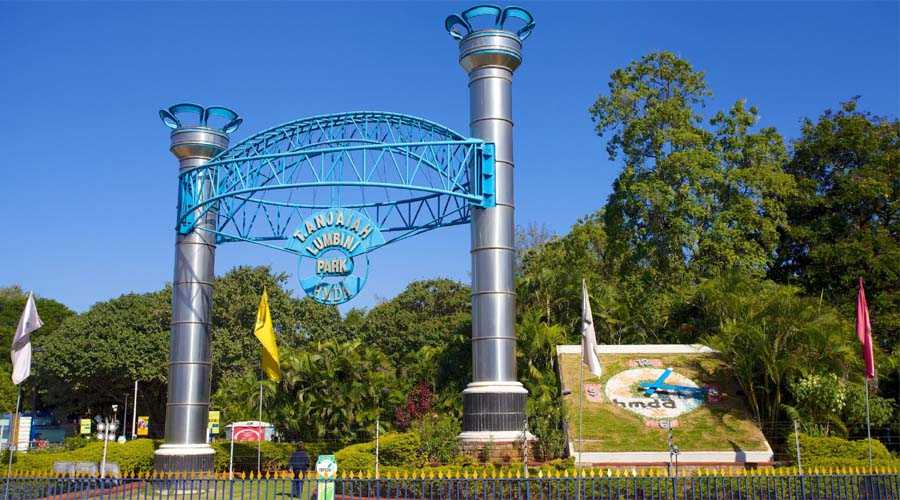Nestled amid the serene hills of Mussoorie, George Everest House is one of the most fascinating heritage attractions of Uttarakhand. Overlooking the mighty Himalayan ranges and the picturesque Doon Valley, this colonial-era bungalow is steeped in history, natural beauty, and nostalgia. More than just a ruin from the past, it is a monument to exploration and geography, forever tied to the name of Sir George Everest—the man after whom the world’s tallest mountain is named. Today, it stands as a reminder of the region’s colonial legacy, an offbeat travel destination, and a perfect blend of history with breathtaking views.
Who Was Sir George Everest?
Sir George Everest, born in 1790, was a British surveyor and geographer who served as the Surveyor General of India from 1830 to 1843. He is best remembered for his extensive work in cartography, particularly for overseeing the Great Trigonometrical Survey of India, which meticulously mapped the vast and difficult terrains of the subcontinent. His dedication and precision laid the groundwork for identifying and later measuring Mount Everest—eventually named after him in 1865 as a tribute to his pioneering work. While he never climbed the Himalayan peaks himself, his contributions to geography remain immortalized through the mountain that carries his name.
The Historical Significance of George Everest House
George Everest House, located about 6 kilometers from Gandhi Chowk in Mussoorie, was his residence and laboratory. This British colonial bungalow was built in 1832 and served as a home, observatory, and workspace. For over two decades, Everest lived here, conducting astronomical and geodetic studies that contributed significantly to the mapping of India.
The house was designed in a typical colonial style, with large rooms, high ceilings, tall windows, and a strategic location on a ridge. From here, one could view both the snow-clad peaks of the Himalayas to the north and the rolling plains of Doon Valley to the south. The placement wasn’t accidental; it was chosen for its suitability for conducting surveys and astronomical observations. Although the house today stands in partial ruins, its weathered walls still carry echoes of the man’s remarkable work and life.
Architecture and Setting
While simple in design, George Everest House reflects the elegance of the era. The stone and lime structure had several chambers, a laboratory, and servant quarters. Its most striking element is its positioning—perched atop a hill that ensures panoramic 360-degree views. On clear days, visitors are treated to a sweeping sight of snow-capped Himalayan peaks including Bandarpoonch, Chaukhamba, and Swargarohini, while the opposite side unfolds into the lush green stretches of Mussoorie and Dehradun.
The structure may not have survived in pristine condition, but ongoing conservation efforts by the Archaeological Survey of India and local authorities are gradually restoring the site. Efforts are also being made to develop it as a heritage tourism landmark without compromising its natural ambience.
George Everest House as a Tourist Attraction
In modern times, George Everest House has become a must-visit spots in Mussoorie, particularly for history buffs, adventure seekers, trekkers, and photographers.
- For History Enthusiasts: The house offers an intimate connection to colonial history and the life of Sir George Everest. Visitors can walk through ruins, imagine its scientific glory days, and reflect upon the Survey of India’s achievements.
- For Nature & Photography Lovers: Its hilltop location provides some of the finest vantage points in all of Mussoorie for sunrise, sunset, and Himalayan photography.
- For Trekkers & Adventure Seekers: A short, moderately challenging trek leads up to the house, cutting through forested trails and scenic meadows. The journey itself is as rewarding as the destination.
The calmness of the atmosphere makes it an ideal place for meditation or a quiet escape from the bustling Mall Road of Mussoorie.
Accessibility and Visitor Information
George Everest House is located roughly 6 km west of Library Bazaar in Mussoorie. Tourists can either drive up to the nearest motorable road or undertake a short trek of about 2 km to reach the bungalow. The walk passes through pine forests, offering soothing greenery, sweet mountain air, and occasional bird calls.
The best time to visit is during spring and summer (March to June), when the weather is clear and pleasant, or after the rains in September–October, when the valleys come alive with lush greenery. Winters are also appealing for those who want to experience snowfall, though accessibility can sometimes be affected.
Local Attractions Around George Everest House
A visit here can be combined with several other scenic spots near the site. Travelers often explore:
- Cloud’s End: Just a few kilometers away, this area is known for dense oak and deodar forests, perfect for nature walks.
- Happy Valley and Tibetan Monastery: A culturally rich enclave of Tibetan settlers with beautiful monasteries and gardens.
- Lal Tibba Viewpoint: The highest point in Mussoorie, offering unmatched views of the Himalayas.
- Hathipaon: A nearby vantage point known for birdwatching and short hikes.
These attractions make George Everest House part of a larger loop for those exploring the lesser-crowded gems of Mussoorie.
Conservation and Future Plans
In recent years, there has been growing recognition of the importance of preserving George Everest House. Restoration projects aim not just to maintain the ruins but to curate them into a heritage museum and cultural spot. Plans include installing interpretive displays about the life and work of Sir George Everest, setting up walking trails, and offering eco-friendly tourist amenities. Such developments intend to balance heritage preservation with sustainable tourism.
A Journey into History and Nature
George Everest House is more than a historical building; it is a symbol of human curiosity, perseverance, and achievement. For the traveler who seeks more than shopping or luxury experiences in Mussoorie, this site offers a meaningful escape. Standing at the ridge where Sir George Everest once observed the skies, you feel a connection between past and present, between the grandeur of nature and the genius of human endeavor. Whether for history, photography, trekking, or simply the view, George Everest House remains one of Mussoorie’s finest gems, awaiting every curious soul.



